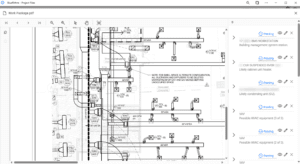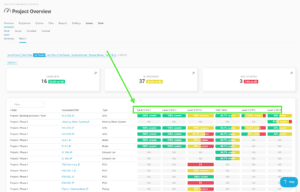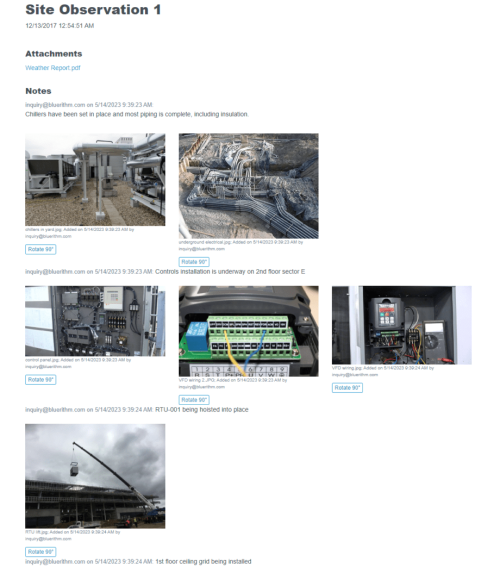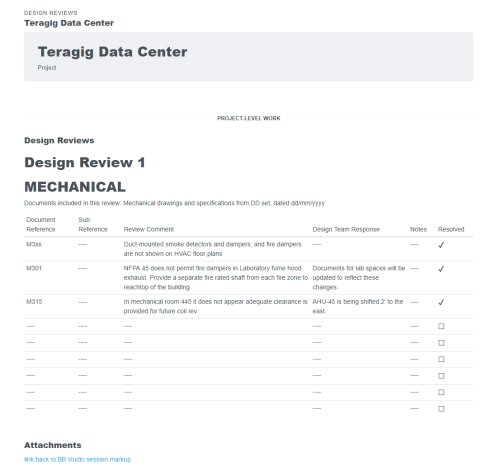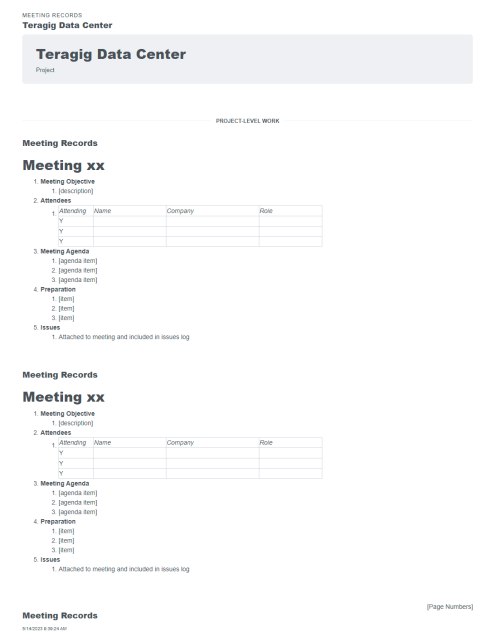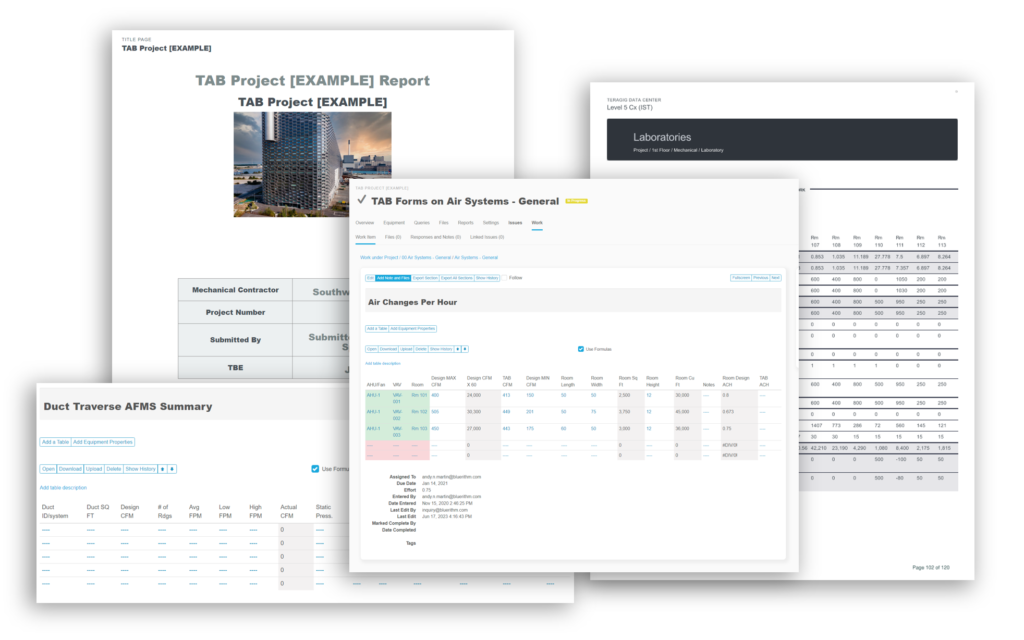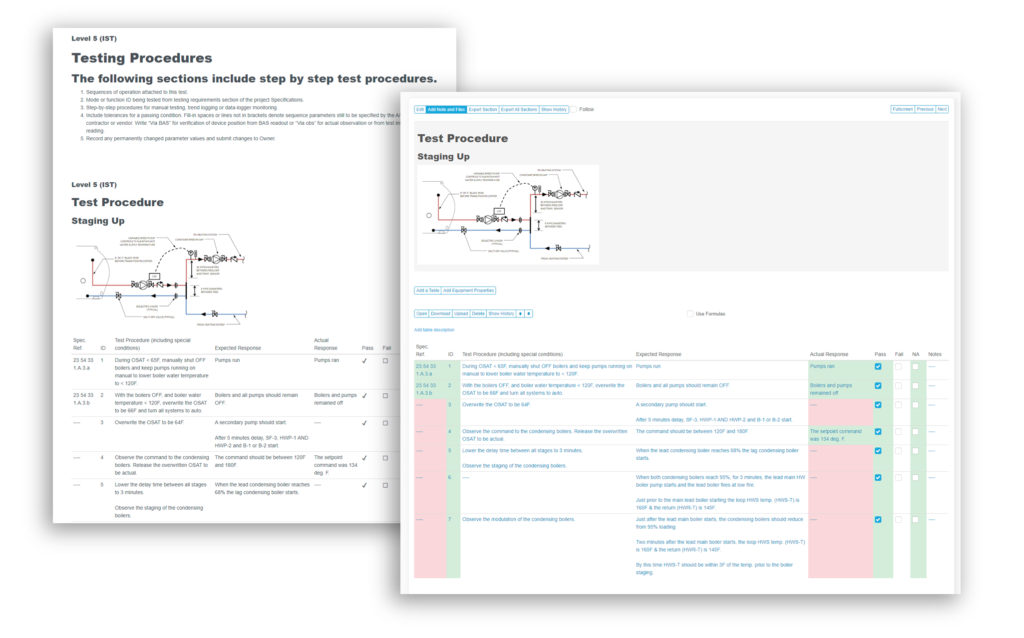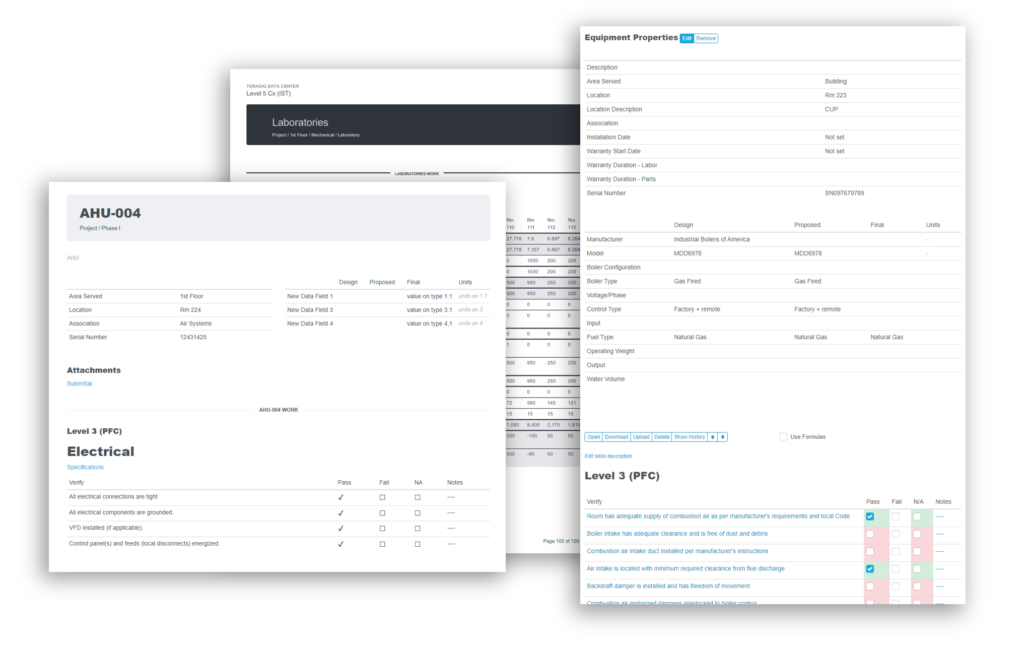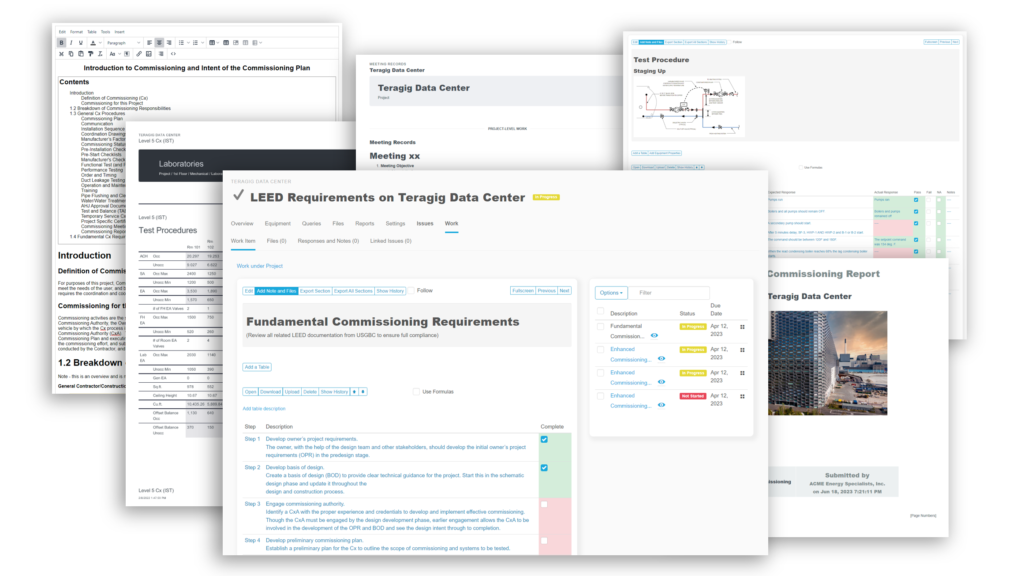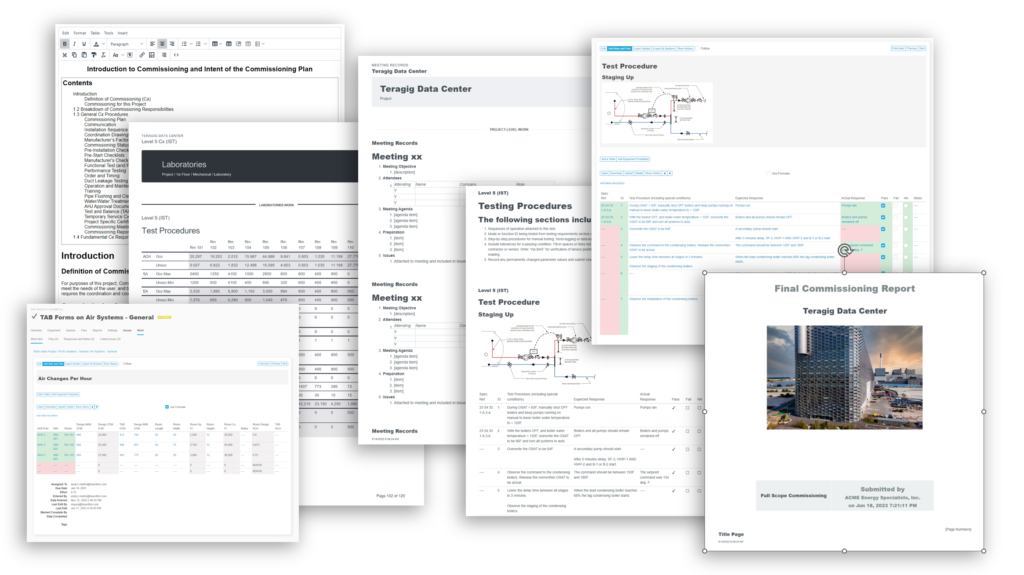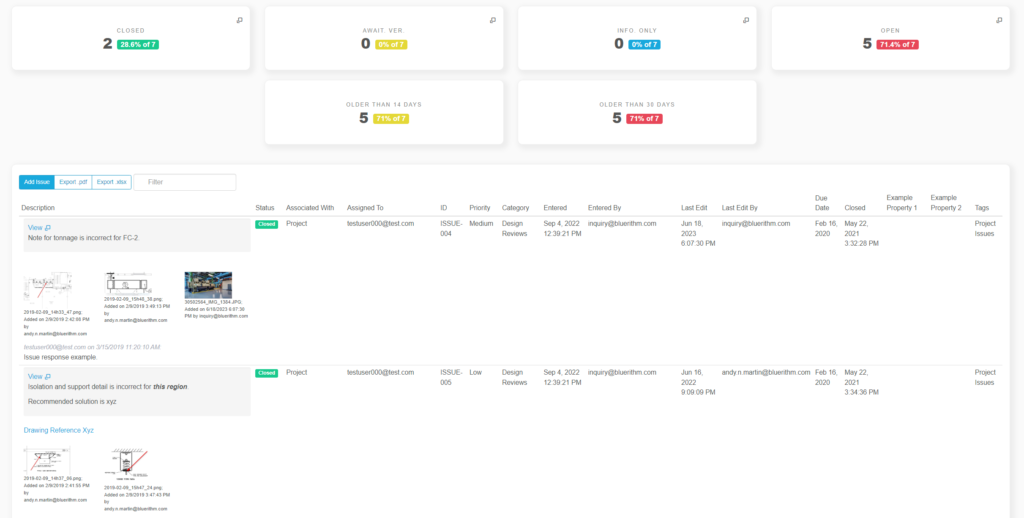The vast majority of building systems and commissioning work is performed as projects within matrix organizations. Within these matrix structures are limited pools of resources who project leaders and department managers are constantly negotiating and competing for in order to properly staff their projects to execute the work. Individuals and groups are moved from project to project based on the needs of their specific skills and abilities, as well as perceived urgency of the work on the projects.
Without guiding principles and some quantitative analysis involved in the decisions of who goes where and when, we risk spiraling into a cycle of decreasing efficiency and utilization, which ultimately affects the quality of what we can deliver, and of course, our bottom lines.
What is Resource Utilization?
When we talk about resource utilization, we’re generally talking about efficient use of your team – the most valuable of your resources. With project-based work, this can be thought of as the difference between responsively moving people around between your various projects based on the most urgent issue of the hour, and planning that can help you know in advance (to a certain degree) when and where your team should be in order to maximize their time and productivity.
How Can it be Implemented?
This requires plans for each project that show when work will occur and the optimal number of people that should work on that task. Resource-loaded project schedules with precedence constraints will be needed to really get this right. Project scheduling software like Microsoft Project and Oracle Primavera are designed specifically for this, but it can be done with spreadsheets or other tools as well. The most basic variables involved with any given task, as it relates to resource utilization, are:
- The amount of work, in hours, associated with the task.
- When you can start the task.
- When the task needs to be finished.
Once you know the amount of work and when it needs to be finished, you can easily calculate how many people need to be involved in working on the task. Add people if you need the overall duration to be shorter to meet a certain deadline, or ideally if there is schedule slack that this task can slide into (which can happen if it is not on the “critical path”), reduce the number of people on the task. Generally speaking, the less people working on any given task will allow the greatest productivity.
In Summary
Resource utilization’s overriding benefit is maximizing the efficiency and productivity of your team to the greatest extent possible. The goal is to send the right number of people to the right places at exactly the right time. If you don’t know in advance when these times are, your ability to take this proactive approach is diminished.
This is only one concept in a bigger picture to be explored in the early stages of streamlining your project operations. Keep striving for improvement, and little by little progress happens.


